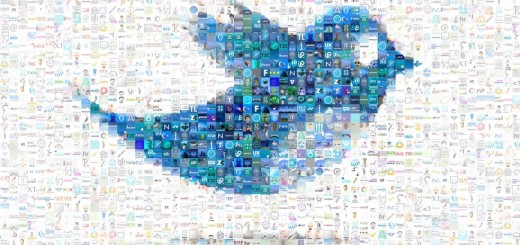Best of the week: Skittles and the dark side of going viral
Who could have predicted that the biggest story of the week would involve Skittles? The popular candy brand was thrust into the spotlight after Donald Trump Jr. tweeted a photo comparing Syrian refugees to a bowl of poisoned Skittles.
This image says it all. Let’s end the politically correct agenda that doesn’t put America first. #trump2016 pic.twitter.com/9fHwog7ssN
— Donald Trump Jr. (@DonaldJTrumpJr) September 19, 2016
Where brands have previously faced disaster head-on, Skittles avoided it altogether by choosing to disengage. In a statement, the company said: “Skittles are candy. Refugees are people. We don’t feel it’s an appropriate analogy. We will respectfully refrain from further commentary as anything we say could be misinterpreted as marketing.”
The move was lauded by marketing experts and regular people alike. It also signaled another nail in the coffin of real-time marketing. “The days of freewheeling around Twitter are over,” Nadina Guglielmetti, managing director of social media at Huge, told Digiday’s Shareen Pathak. “Social media has grown up.”
Of course that didn’t stop some creative execs from poking fun at The Donald Jr.

Nick Denton on the state of media
The future of news media was under the microscope when Gawker founder Nick Denton sat down with Fusion senior editor Felix Salmon at Alice Tully Hall in New York City. Digiday’s Max Willens captured thoughts on the business from the man who oversaw the rise and fall of one of the web’s pioneering publications:
On the Hogan trial: “The jury liked him, and didn’t like a bunch of Fifth Avenue deviants. It was a popularity contest, and we lost, conclusively.”
On innovation in media: “There’s been a lot of innovation in the distribution of content, in making sure the right person sees the right content at the right time. If you look at the content creation level, there really hasn’t been that much innovation at all.”
On the battle between news and entertainment: “The news is being carried by the entertainment. As long as things are good, the news will be fine. [But] news will be one of the first places to feel the cuts.”
The dark side of viral publishing
News might be the first places to feel the cuts, but it isn’t any easier for publishers that have been able to scale by putting out social-friendly content. For one, the audiences gathered by many viral publishers might not be human at all.
“People are using follower bots and buying accounts. Some of the biggest viral lifestyle publishers in the U.K. are buying Facebook, Instagram, Twitter accounts and merging them together to make their pages big,” one former viral publishing exec told Digiday.
It’s dark arts, the exec said, but it’s something that these publishers have to do if they want to work with advertisers. Brands and agencies may tout the type of engagement they’re getting on social platforms, but largely they’re still buying media based on eyeballs.
How can this be fixed? “People need to retire and die, because middle-level management gets it,” this exec said. “It’s also possible platforms will get wise to it.”
It helps to pay
The advertising business might be broken, but it’s possible for smaller, focused publishers to succeed by adopting paid subscriptions. Take, for instance, Dutch publisher The Correspondent, which has 47,000 subscribers paying the company roughly $67 per year.
That might not seem like a lot, but The Correspondent is a small outfit. It has 20 full-time writers in addition to a freelance network and publishes roughly five well-reported articles every day. And its audience is heavily involved, with journalists even keeping readers up to date on the progress of their stories through weekly emails.
“We explain from the first moment what we are trying to do, and that is to create better journalism with the help of our readers,” said Ernst-Jan Pfauth, publisher and co-founder of The Correspondent. “Our journalists are the conversation leaders; our readers are the contributing experts.”
It’s not unlike Jessica Lessin’s The Information, which has grown to thousands of subscribers (who pay $399 per year). A big part of The Information is its comments section, which the publisher has used to foster a sense of community among its readers. Subscribers get their own bio pages, for instance. The Information also has a private Slack channel where members can communicate directly with reporters.
“When you have people who are getting value from your content, you’ve automatically curated your community,” said Lessin.
The post Best of the week: Skittles and the dark side of going viral appeared first on Digiday.



